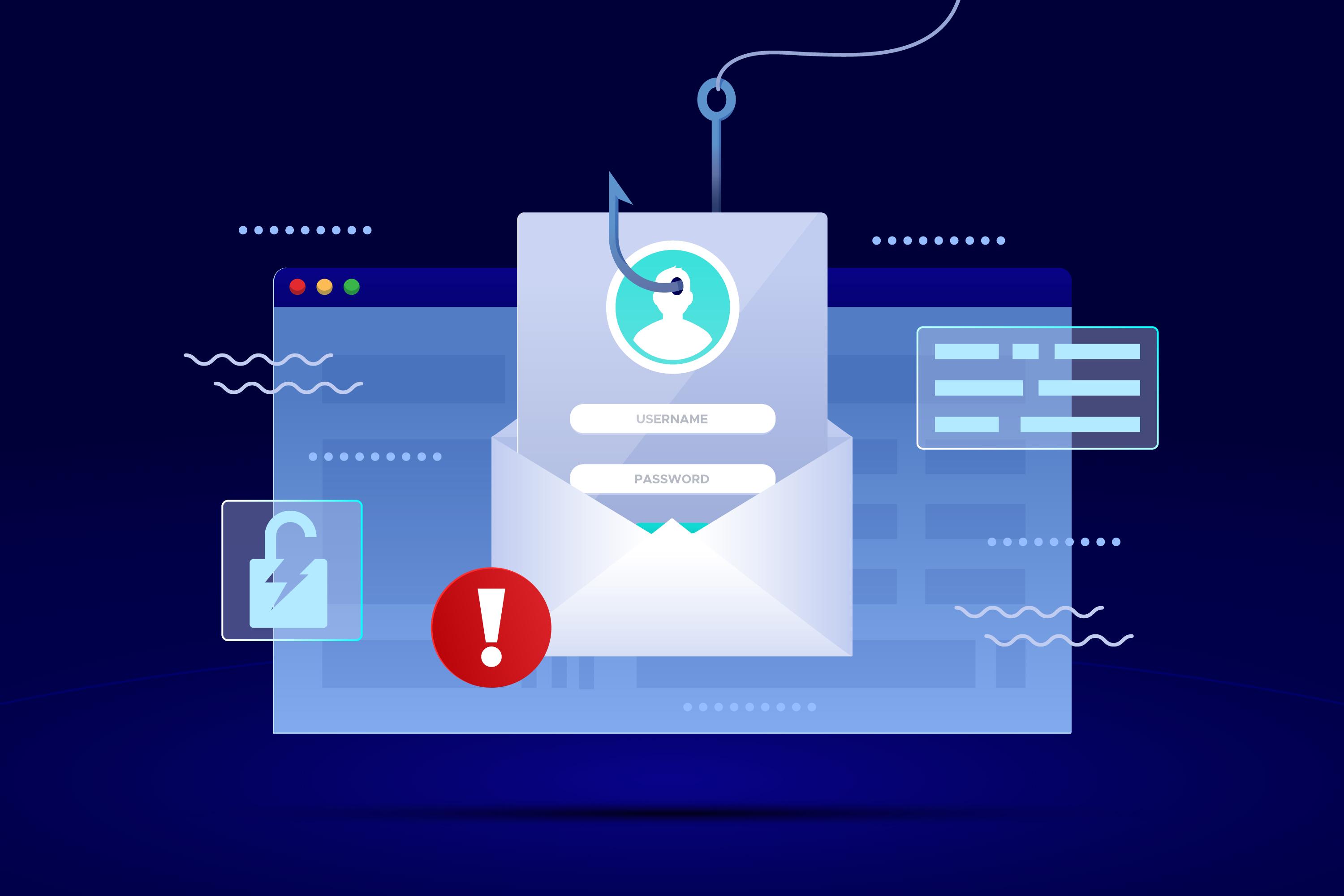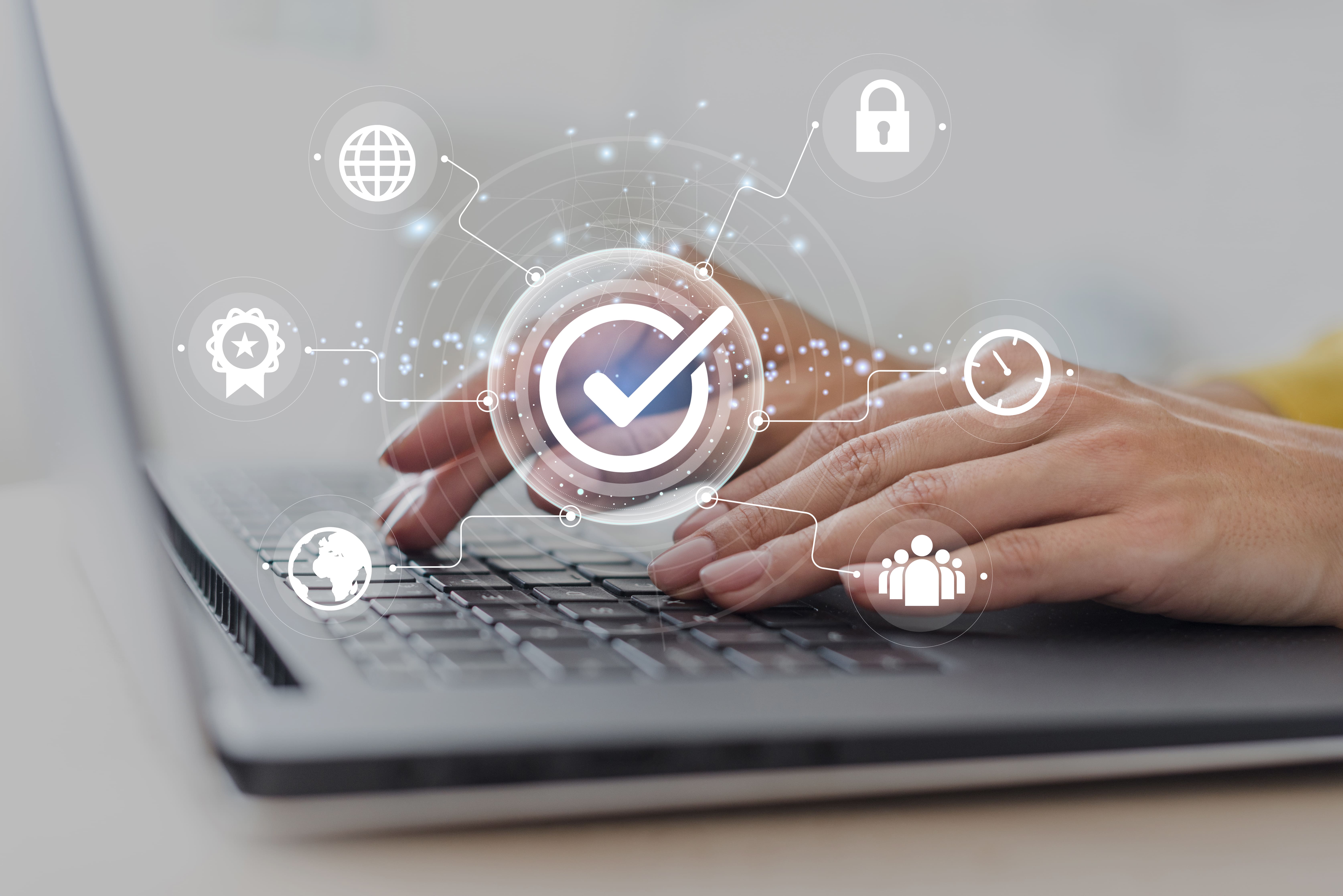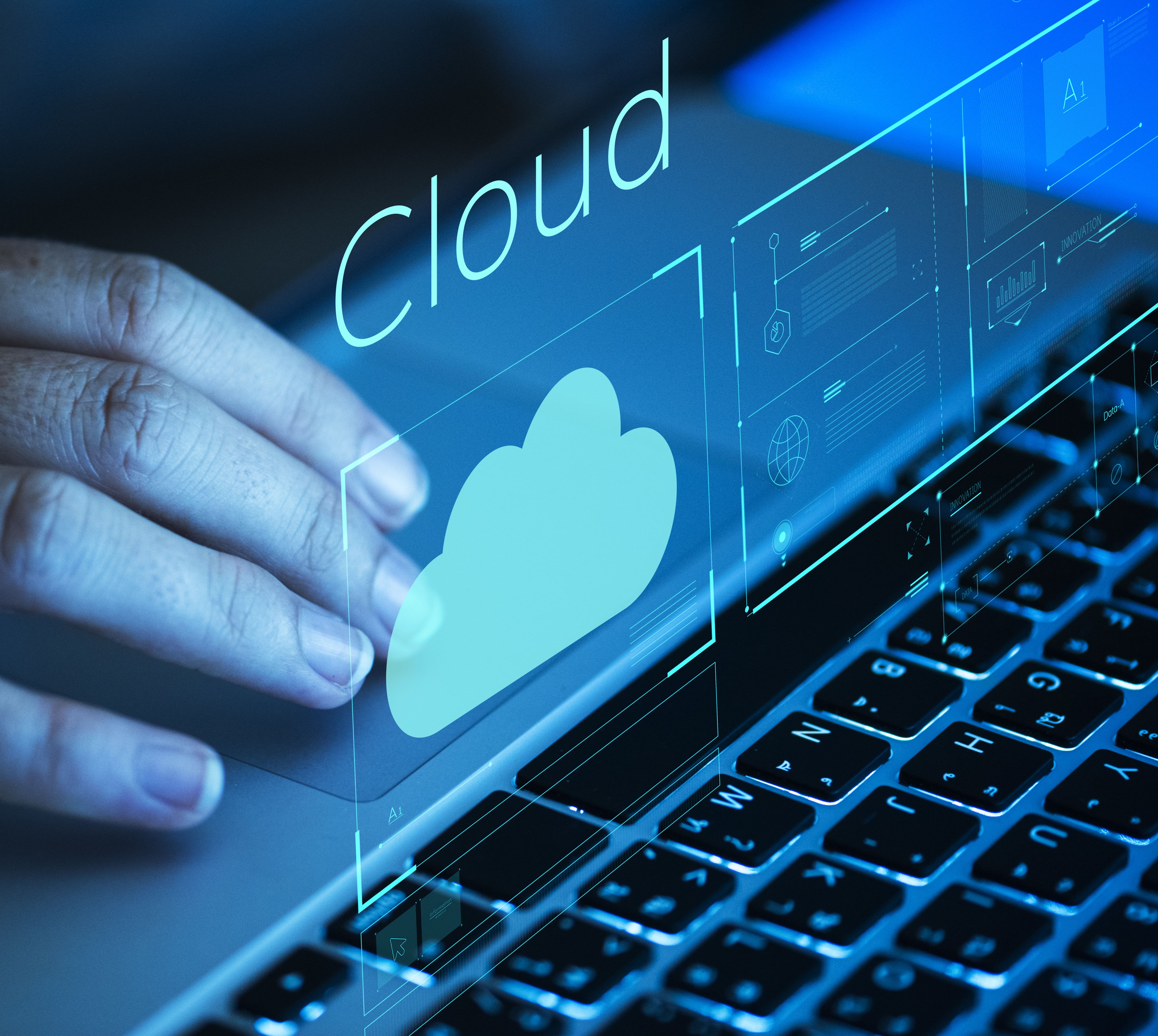
by Rebeca | May 10, 2023 | cloud, Customer, cybersecurity, News, Release, Resources, trends
Protecting against Phishing: How Companies Can Stay Safe
Phishing is becoming an increasingly common threat. In this post, we explain in more detail what it is and how hackers access companies’ confidential information. We will also look at ways companies can protect themselves against this type of attack, and how Soffid can help companies and organizations stay safe.
What is Phishing?
Phishing is a type of cyber-attack in which hackers try to deceive users into revealing confidential information, such as passwords or credit card numbers. These attacks are often carried out through fraudulent emails that appear legitimate, and that contain links or attachments that download malicious software onto users’ devices.
Which types of companies are affected by phishing and how do hackers access information?
Phishing can affect any company, regardless of its size or sector. Hackers often target companies that store valuable information, such as customer personal data or financial information. If a successful attack occurs, they can access this information and use it for fraud, identity theft, or extortion.
Cybercriminals send fraudulent emails or messages that appear to be from trusted sources, such as banks or social networks, to lead users to fake websites. There, they enter their credentials, giving access to their personal and financial information. They can also send malicious attachments that download malware. Another common way is through phone calls, text messages, or social media, in which they impersonate legitimate institutions and request information.
How can we protect ourselves?
It is essential for companies to protect themselves against these attacks. Monitoring and analysing emails to detect suspicious patterns, filtering emails, and educating employees about the risks of phishing are some of the implementations that must be carried out. Other important measures include installing cybersecurity tools, such as firewalls and antivirus software.
At Soffid, we want to help protect companies’ data with complete security solutions. Discovery our convergent platform.
Shall we talk?
(1) Gov UK

by Rebeca | May 10, 2023 | cloud, cybersecurity, News, Resources, soffid, trends
Cybersecurity threats are constantly evolving, making it difficult to keep up with the latest trends and protect your organisation’s sensitive data.
In today’s post we share the 7 hottest trends in cybersecurity you need to know about.
Cloud Security
As more organizations shift their operations to the cloud, there is an increased need for cloud security. The cloud offers many benefits, but it also presents new security challenges. Organizations need to ensure that they have the proper security measures in place to protect their data in the cloud.
Ransomware Attacks
Ransomware attacks have been on the rise in recent years, and they can be devastating for organizations. Ransomware is a type of malware that encrypts your files and demands a ransom payment in exchange for the decryption key. Organizations need to have a plan in place to prevent, detect, and respond to ransomware attacks.
Artificial Intelligence and Machine Learning
AI and machine learning are being used in cybersecurity to help detect and prevent cyber threats. These technologies can help organizations identify patterns and anomalies in their data that may indicate a cyber-attack.
Internet of Things (IoT) Security
With more and more devices being connected to the internet, IoT security is becoming increasingly important. Organizations need to ensure that their IoT devices are properly secured to prevent cyber-attacks.
Identity and Access Management (IAM)
IAM is becoming increasingly important as organizations adopt a hybrid work environment. IAM solutions can help organizations manage user identities and control access to sensitive data.
Zero Trust Security
Zero trust security is a security model that assumes that all devices, users, and applications are untrusted until proven otherwise. This approach can help organizations better protect their data from cyber threats.
Cybersecurity Workforce Shortage
There is a shortage of cybersecurity professionals, and this trend is expected to continue. Organizations need to invest in training and development to ensure that they have the necessary skills and expertise to protect their data.
These are the 7 hot cybersecurity trends that organizations should consider and be aware of to better protect their data. Companies must take proactive steps to prevent cyber-attacks and minimize the impact of any security incidents.
Shall we talk?

by Rebeca | Apr 26, 2023 | cloud, Customer, cybersecurity, open source, soffid
It is important to understand the latest tactics used by adversaries to compromise cloud infrastructure. Cloud exploitation is on the rise, and it is essential to be aware of the threats that businesses are facing.
Why are adversaries accelerating cloud exploitation?
The rise in cloud adoption has made it an attractive target for cybercriminals. Cloud infrastructures are often seen as less secure due to the complexity of managing and securing these environments. Additionally, many businesses have adopted a “cloud first” strategy, which means that they are prioritizing cloud services over traditional IT infrastructures. This shift has made cloud infrastructure a more valuable target for attackers.
Tactics used to compromise cloud infrastructure:
Misconfigured Services: Adversaries often exploit misconfigured cloud services to gain unauthorized access. This can include misconfigured storage buckets, firewalls, and other cloud services that may expose sensitive data.
Exploiting Weak Passwords: Weak passwords are an easy target for attackers. If credentials are not secured, attackers can use automated tools to perform brute force attacks to gain access.
Social Engineering Attacks: Attackers may use social engineering tactics such as phishing emails or spear-phishing attacks to gain access to credentials or sensitive information.
Supply Chain Attacks: Third-party providers and vendors may have access to a company’s cloud infrastructure. Attackers may target these third-party providers to gain access to their target’s cloud infrastructure.
Advanced Persistent Threats (APTs): APTs are complex and persistent attacks that are designed to gain access to sensitive data over an extended period. APTs can involve a combination of techniques and tools to infiltrate cloud infrastructure.
Adversaries are constantly evolving their tactics to compromise cloud infrastructure. Misconfigured services, weak passwords, social engineering attacks, supply chain attacks, and APTs are just a few of the tactics used by attackers. To protect against these threats, it is essential to implement security best practices, such as multi-factor authentication, security monitoring, and regular security assessments
Soffid provides its clients with all the necessary tools to deal with these risks.
Shall we talk?
Sources
- CroudStrike Global Report
- Redsky Alliance

by Rebeca | Aug 24, 2022 | cybersecurity, News, Resources
Personal data leaks have occurred to both large and small businesses. In addition, it happens very frequently, more and more in recent years.
Most of them are a consequence of cyber-attacks on networks or e-commerce security breaches. Incidents such as these can devastate a company.
Why do social networks allow data leaks?
Social media platforms are a primary security weak point for businesses due to data leaks. Social media is quickly turning into a primary security weak point. A single data breach within one of the social media networks can result in millions of records being stolen.
Social media is one area where security teams have faced a steep learning curve. Beyond the fact that through LinkedIn, Facebook and Twitter employees can connect with each other, social networks have another attraction for companies.
For example, to take advantage of social media platforms as tools to carry out brand recognition, customer service, advertising and recruitment processes. Yet every user on every platform presents a social media risk to security professionals. And the risks are many.
One of the most affected sectors during the pandemic was the health sector. Know the key points of healthcare cybersecurity.
Top areas for attention
- Account tracking
- Conduct regular security and privacy reviews
- Keep access up-to-date
- Use a Virtual Private Network
- Ensure adequate device protection
- Monitor your social media channels
- Employee training is crucial
- Beware of third-party apps
At the same time as the rapid growth of technology occurred, social networks increased in popularity. The fundamental reason for this is the ability of networks to connect people.
Because it provided an ideal platform to connect with your friends, family and colleagues. Since it provided an ideal platform to connect with your friends, family and colleagues.
The information shared in social network spreads fast, almost instantaneously. For that reason, it attractive for attackers to gain information.
The secrecy and security of social media platforms must be consulted from various positions. There are many security and privacy issues related to shared user information. Especially when a user uploads personal content like photos, videos, and audios.
Finally, the attacker can maliciously use shared information for illegitimate purposes. See how Soffid can help you stay ahead of the curve in a rapidly evolving digital world. Let’s talk?
Sources:
(1) techtarget.com
(2) https://link.springer.com/
(3) Forbes
Picture: Foto de redes sociales creado por rawpixel.com – www.freepik.es

by Rebeca | Jul 14, 2022 | cybersecurity, Definitions, News
Passwords are designed to give you access to an online world while companies protecting your information. However, password security can lead to attacks. This first point of cybersecurity is becoming a weak spot that can involve dire consequences if unaddressed for companies.
Relying on passwords for security has become increasingly problematic. Devising and remembering a complex password for every account and website is virtually impossible on your own. But using weak and simple passwords is a recipe for data breaches, account takeovers, and other forms of cyberattack.
Password security and Reports tell us about the situation…
For its report The misfortunate passwords of Fortune 500 companies, NordPass researchers analyzed data from public third-party breaches that affected companies. The data included details from more than 15 million breaches across 17 different industries.
The researchers looked at the top 10 passwords used in each industry. In addition the percentile of unique passwords, and the number of data breaches that hit each sector.
The word “password” is still being used, and misused as the most common password across all industries. Including retail and e-commerce, energy, technology, finances, and even IT and technology. Among other passwords in the top ten list, some common choices were “123456,” “Hello123,” and “sunshine.”
According to a Verizon report, more than 80 per cent of data breaches occur from weak or compromised passwords. Because creating the likelihood of an ongoing vulnerability regardless of how much technology is deployed to defeat hackers.
Certified cybersecurity. Multifactor authentication
Education and awareness are becoming more crucial in cyber security, especially in SMEs.
Two-factor authentication is great but you need to educate people about it because most employees complain about it.
The term “two-factor authentication” refers to a second step to confirm who you are. An additional layer of protection will, by default, provide more security than a single barrier.
The easiest way to “lock the door” on technology is employing multi-factor authentication. This security measure requires users to present at least two pieces of evidence before gaining access to a server, device, database or software program. A cybercriminal who has obtained a user’s username and password will not be able to access the system. You would still need to have access to that person’s unlocked cell phone or email to get an urgent verification code.
Especially, to avoid Data Leaks on Social Networks.
See how Soffid can help you stay ahead of the curve in a rapidly evolving digital world. Share your requirements and a representative will follow up to discuss how Soffid can help secure your organization.






